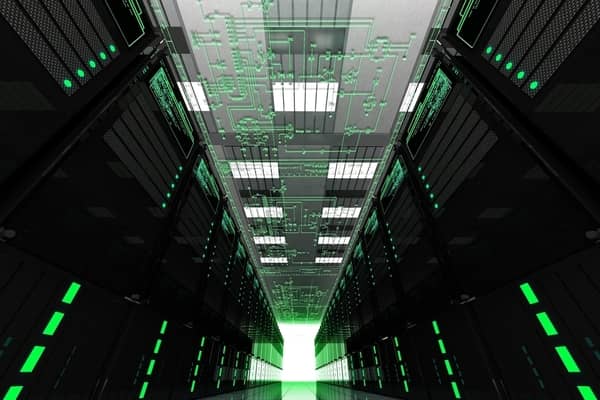
Frequently Asked Questions in Technology (Part 9)
January 13, 2022
Nanotechnology and DNA Data Storage Is in the Near Future
January 25, 2022For a long time, conventional on-premises data centers were the typical option for most companies. Today, there are a variety of different models to choose from with a number of data center providers. Choosing a trusted data center provider is only the beginning, companies need to decide what data center model would best suit their business. Let’s take a look at various data center models and help you decide between the lot.
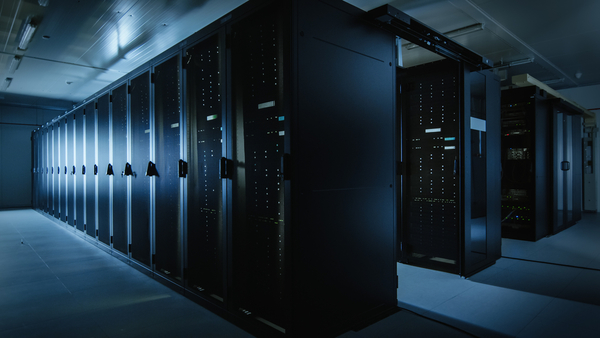
What Is an On-Site Data Center?
The first option is the traditional on-premises or on-site data center option that was the standard for quite a long time. This is where the company’s data center manager controls their own data center at their on-premises location. There are several reasons companies go the route of the on-site data center. The first reason is complete control. It allows companies the ability to change, expand resources, and consolidate as needed. It also allows the staff to easily access the premises whenever it’s needed. Companies can also tailor their security needs to their specific standards.
Some of the other benefits include the ability to choose multiple vendors and partners. This allows companies to construct a tailored data center solution that fits their needs. An on-site data center solution can also help with compliance and compatibility.
With all of these benefits, there are also several drawbacks that are specific to the on-site data center. If a company does decide to go with multiple vendors, it could lead to complicated service support. A number of different vendors also means there will be numerous service level agreements and maintenance agreements. When a problem arises, a company’s various vendors may need to resolve the issue together, which can take longer than resolving an issue with a single vendor.
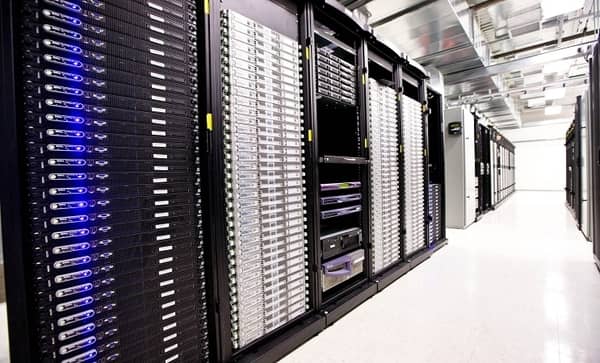
What Is a Converged Data Center?
A converged data center is an “all-in-one” approach to data center connectivity. A converged infrastructure typically comes as a pre-packaged bundle of multiple systems. It can include servers, storage, networking, and management software. A converged data center system is usually pre-constructed and tested beforehand making it more simple and quicker to deploy.
With an all-in-one data center bundle, there are some apparent benefits. The first one is built-in compatibility. Because a converged infrastructure is a pre-packaged bundle that is pre-constructed and tested, it eliminates the compatibility problems that can sometimes happen with on-site infrastructure. It also simplifies data center management. Lastly, companies are able to lessen the overall footprint of their current data center space.
One of the disadvantages of converged infrastructure is the opposite side of the spectrum of an on-site data center. One of the disadvantages of an on-site data center is the difficulty of dealing with multiple vendors to troubleshoot an issue. The disadvantage of a converged infrastructure is that only having one vendor could potentially offer fewer features, functions, and customizable options. Another disadvantage is in updating or adding extra components to an “all-in-one” system could be complicated and could potentially cause some issues.

What Is a Hyperconverged Data Center?
There are some similarities between a converged infrastructure and a hyperconverged infrastructure. Both converged and hyperconverged infrastructures combine storage, computing, and networking into an all-in-one solution. What differentiates the two is a converged infrastructure is hardware-based, while a hyperconverged infrastructure is software-defined.
Companies that want more flexibility could benefit from a hyperconverged infrastructure. A software-defined data center allows users to arrange, organize, and be scaled up and down whenever needed. Because a hyperconverged infrastructure is also a virtualized solution that can be managed by the vendor, it can be a good option for small to medium-sized businesses. Because hyperconvergence is software-defined and virtualized, it can easily be connected to various cloud computing systems. This can allow businesses to deploy a hybrid cloud or even multi-cloud strategy.
The same challenges that users face with a hyperconverged data center may be similar to a converged infrastructure. One having a single vendor could mean fewer features, functions, and customizable options. Deploying a hybrid-cloud or multi-cloud strategy could help with some of these issues.
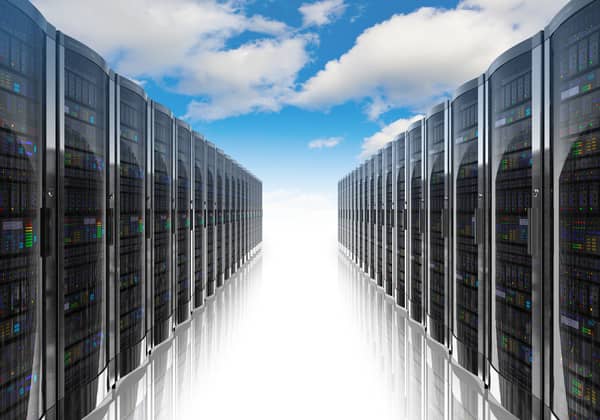
What Is a Cloud Data Center?
Although the cloud sounds like digital storage that’s somewhere up in the sky, it still refers to physical data centers in actual physical buildings. A cloud data center is also an off-site data center. Instead of companies managing their own data center infrastructure, the company leases infrastructure that is operated by a third-party uses data center resources via the internet. Cloud service providers manage everything from maintenance, updating equipment, and everything else that falls under data center operations. Many people are already using the cloud without even knowing. Some cloud storage examples are iCloud, Google Drive, Dropbox, Microsoft One Drive, and more.
Cloud data centers can be a good option for many companies and individuals for their specific benefits that include the option to pay-as-you-go. Users can use a cloud data center’s services and only pay for whatever they need and upgrade only as needed. Users don’t have to worry about server updates, cooling, or taking care of security. Cloud data center providers will take care of all of these aspects for their users.
There are some disadvantages of using a cloud data center, which include less control of all aspects of your storage. Users cannot control security options for their own storage. Users also don’t have physical access to their servers. Users rely completely on the service provider. Lastly, although users only pay for the storage and resources they need, this option can be a little more unpredictable in pricing as service fees and space could change and maybe more expensive long term.
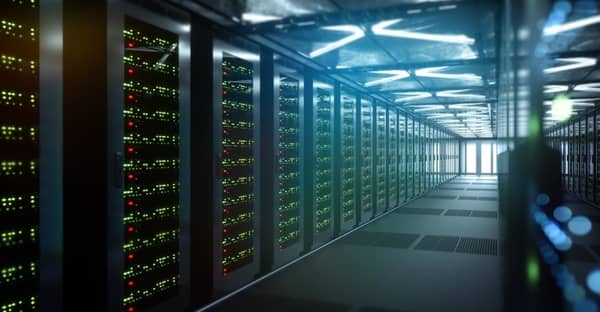
Conclusion
A company’s needs and priorities will determine what data center option will be best for their business. If data security is a company’s number one priority, the cloud may not be the right option. A company that is looking to lower costs should move away from a completely on-site data center operation. A great combination of many of these benefits is the data center colocation model.
A colocation data center is a facility that allows individuals, businesses, and even large enterprise companies to rent out space on servers and other computing hardware. A colocation provider provides the building, cooling, power, bandwidth, physical security. The colocation user will provide its own servers and storage. The benefits of a colocation data center include flexibility and scalability, better uptime reliability, high-end security and compliance, and improved resource allocation. If you’re looking into any of these data center models, partnering with a trusted data center provider will be beneficial for your company. If you have any questions about data center services—connect with Colocation America today.
